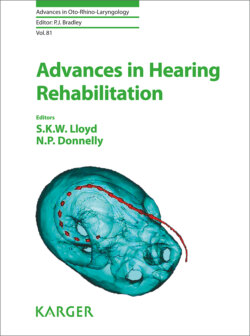Читать книгу Advances in Hearing Rehabilitation - Группа авторов - Страница 14
На сайте Литреса книга снята с продажи.
MRI Non-EPI DWI Sequences
ОглавлениеDiffusion-weighted imaging (EPI DWI) has been widely used in the examination of the brain, especially for the detection of acute ischemic regions, differentiation of brain tumors and intracranial infections.
DWI examines the random motion of water molecules in different tissues. The cellular structure of the tissue and intact cellular membranes restrict motion of water molecules. Impedance of the diffusion of water molecules through different tissues can be quantitatively assessed using the apparent diffusion coefficient value. Non-EPI DWI imaging uses a turbo spin-echo sequence instead of an EPI sequence to measure the diffusion of water molecules, which is less prone to susceptibility artefacts at soft tissue-bone-air interfaces and is therefore better suited for imaging of the middle and inner ears.
On contrast-enhanced T1-weighted images, cholesteatoma remains non-enhancing. Old fibrosis is sometimes only starting to enhance 45 min after the injection of gadolinium and therefore differentiation with cholesteatoma is only possible on these images 45 min after contrast administration. In case of cholesteatoma, the inflammatory cholesteatoma matrix can often be seen as a bright rim around the non-enhancing cholesteatoma, and this only minutes after contrast administration. On BO images (T2-weighted), cholesteatomas have intermediate signal intensity, while they have a very high signal intensity on the B1000 diffusion images corresponding with low signal intensity on apparent diffusion coefficient maps.
